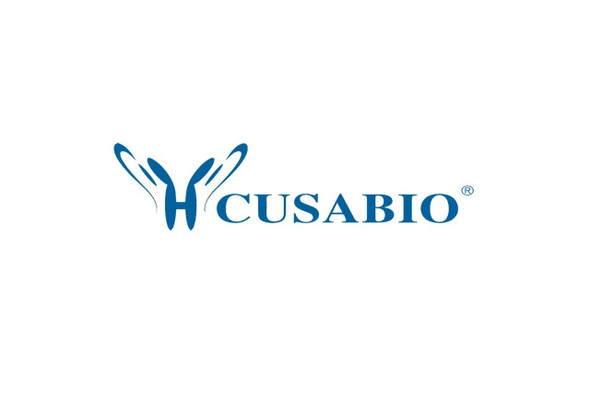Cusabio Polyclonal Antibodies
KCNJ5 Antibody | CSB-PA012058LA01HU
- SKU:
- CSB-PA012058LA01HU
- Availability:
- 3 to 7 Working Days
Description
KCNJ5 Antibody | CSB-PA012058LA01HU | Cusabio
KCNJ5 Antibody is Available at Gentaur Genprice with the fastest delivery.
Online Order Payment is possible or send quotation to info@gentaur.com.
Product Type: Polyclonal Antibody
Target Names: KCNJ5
Aliases: G protein-activated inward rectifier potassium channel 4 (GIRK-4) (Cardiac inward rectifier) (CIR) (Heart KATP channel) (Inward rectifier K (+) channel Kir3.4) (IRK-4) (KATP-1) (Potassium channel, inwardly rectifying subfamily J member 5), KCNJ5, GIRK4
Background: This potassium channel is controlled by G proteins. Inward rectifier potassium channels are characterized by a greater tendency to allow potassium to flow into the cell rather than out of it. Their voltage dependence is regulated by the concentration of extracellular potassium; as external potassium is raised, the voltage range of the channel opening shifts to more positive voltages. The inward rectification is mainly due to the blockage of outward current by internal magnesium. Can be blocked by external barium.
Isotype: IgG
Conjugate: Non-conjugated
Clonality: Polyclonal
Uniport ID: P48544
Host Species: Rabbit
Species Reactivity: Human, Mouse
Immunogen: Recombinant Human G protein-activated inward rectifier potassium channel 4 protein (348-419AA)
Immunogen Species: Human
Applications: ELISA, WB, IHC, IF
Tested Applications: ELISA, WB, IHC, IF; Recommended dilution: WB:1:500-1:5000, IHC:1:200-1:500, IF:1:50-1:200
Purification Method: >95%, Protein G purified
Dilution Ratio1: ELISA:1:2000-1:10000
Dilution Ratio2: WB:1:500-1:5000
Dilution Ratio3: IHC:1:200-1:500
Dilution Ratio4: IF:1:50-1:200
Dilution Ratio5:
Dilution Ratio6:
Buffer: Preservative: 0.03% Proclin 300
Constituents: 50% Glycerol, 0.01M PBS, pH 7.4
Form: Liquid
Storage: Upon receipt, store at -20°C or -80°C. Avoid repeated freeze.
Initial Research Areas: Neuroscience
Research Areas: Neuroscience;Cancer;Cardiovascular;Metabolism;Signal transduction













